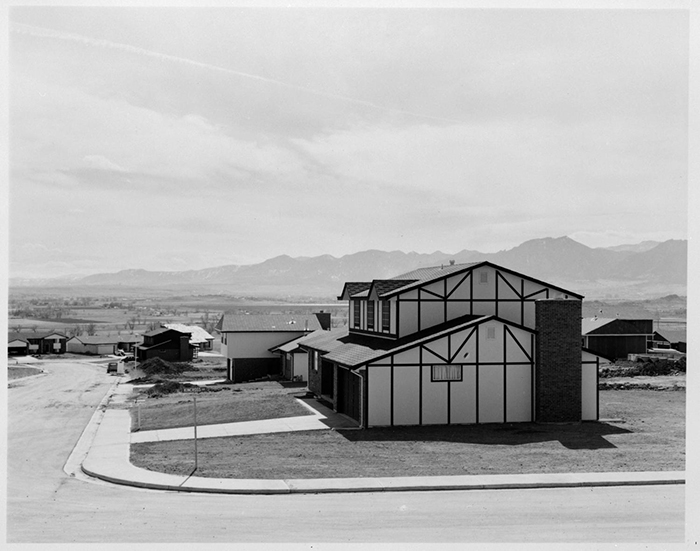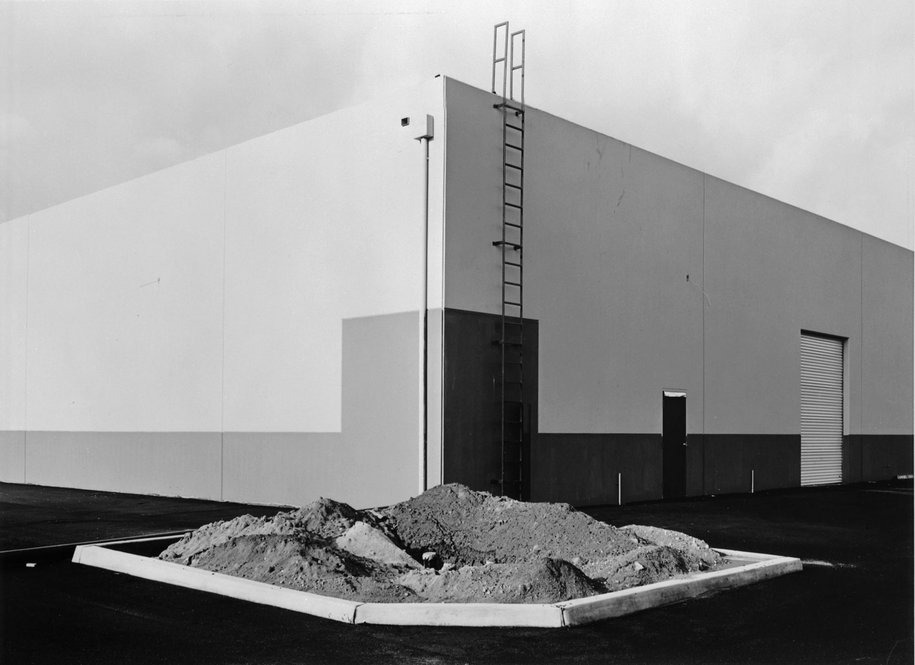“New Topographics: Photographs of a Man-Altered Landscape” was an exhibition that epitomized a key moment in American landscape photography.
About
New topographics was a term coined by William Jenkins in 1975 to describe a group of American photographers (such as Robert Adams and Lewis Baltz) whose pictures had a similar banal aesthetic, in that they were formal, mostly black and white prints of the urban landscape.
Parking lots, suburban housing and warehouses were all depicted with a beautiful stark austerity, almost in the way early photographers documented the natural landscape.
What was both novel and challenging about New Topographics was not only the photographs’ content, but how they made viewers feel. By foregrounding, rather than erasing human presence, the photographs placed people into a stance of responsibility towards the landscape’s future—a position that resonated with ecology, the branch of environmental thought that was gaining traction in the 1970s.
Ansel adams topography

1942
Ansel Adams wanted his viewers to feel as uplifted as he had when looking at the scenery in person. His photographs contributed to the cause of conservationism, the environmental approach that seeks to preserve landscapes and protect them from human democracy.





